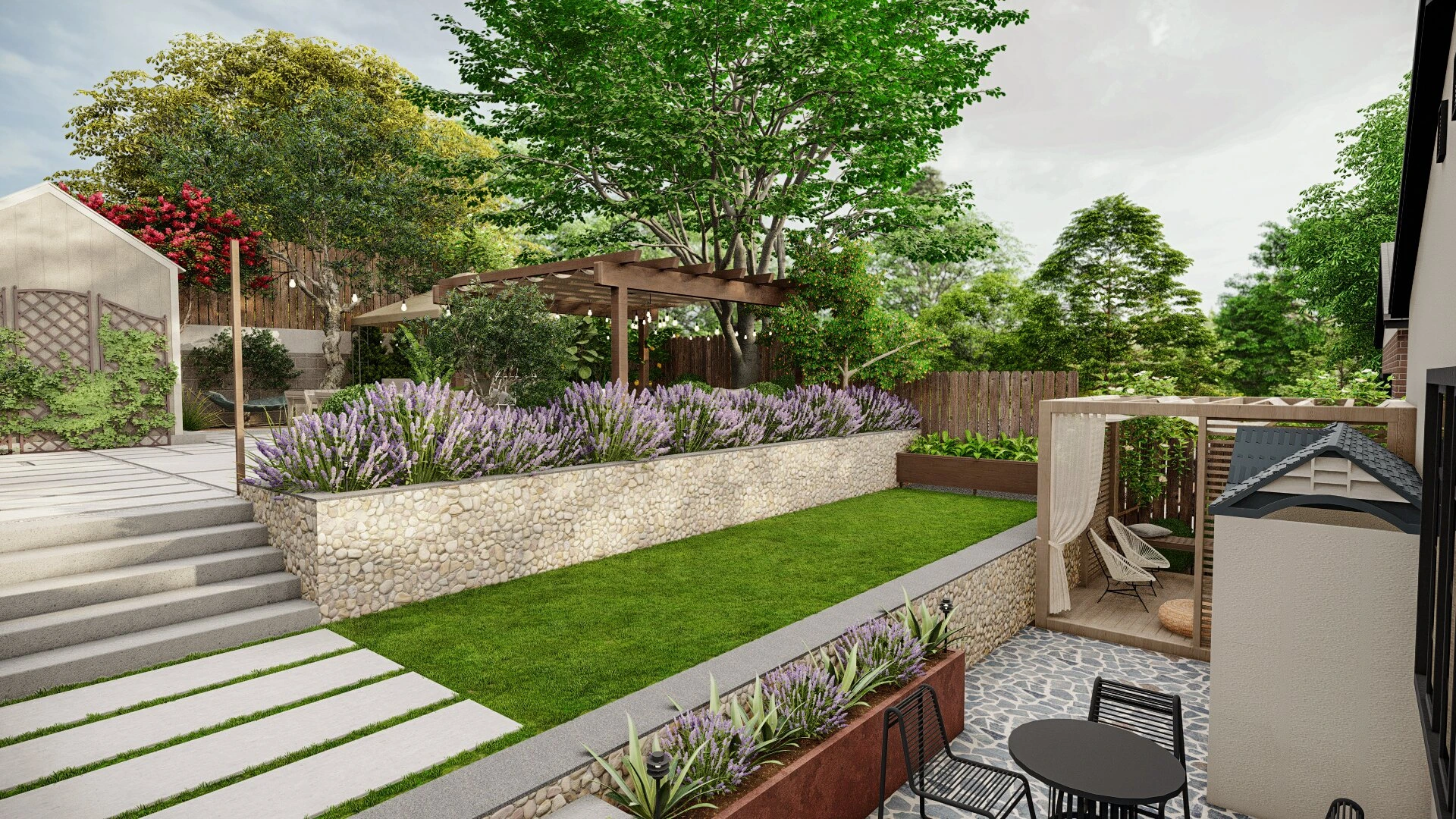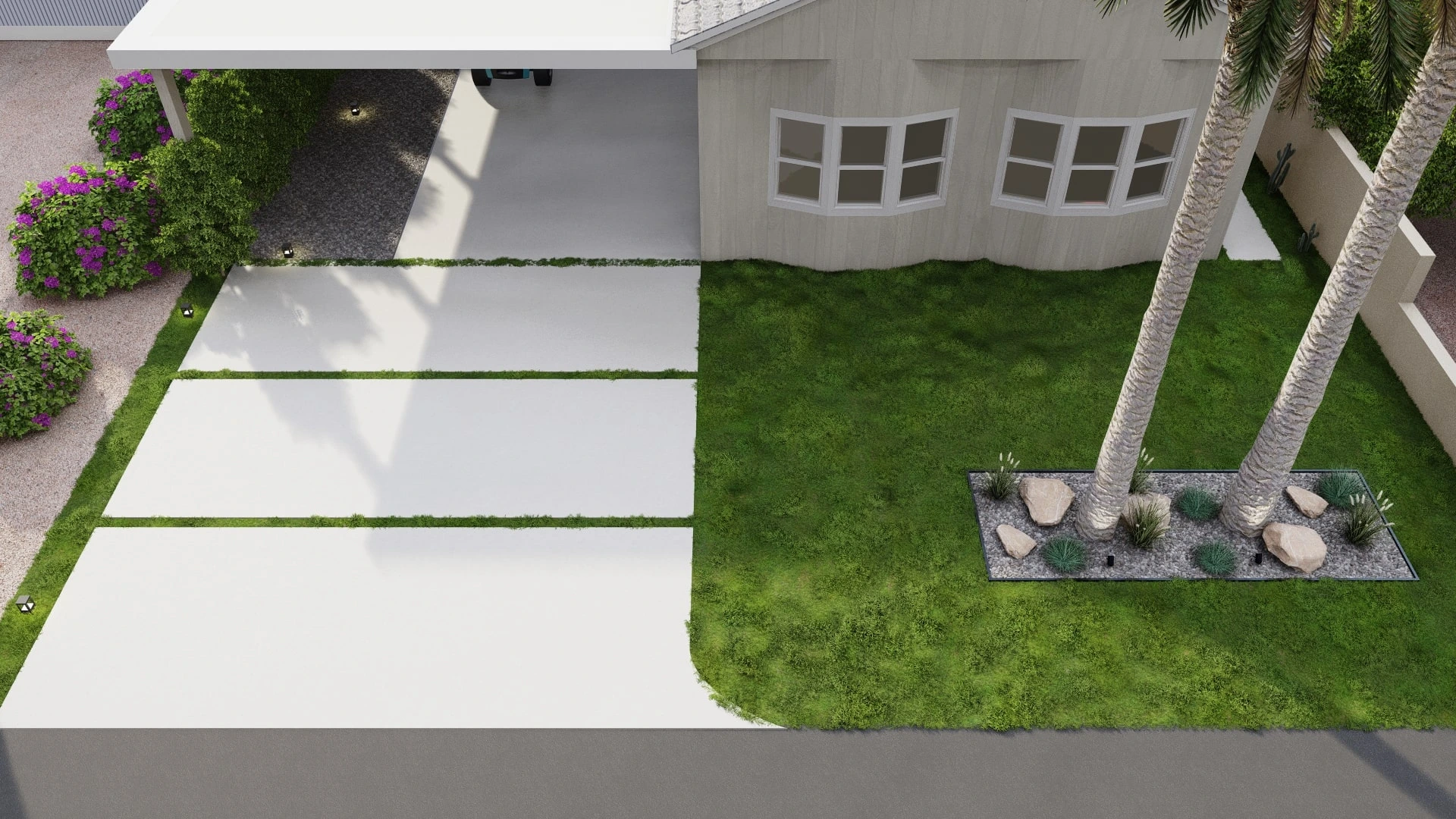
As we navigate through a world increasingly aware of its environmental footprint, landscaping practices like xeriscaping have become pivotal in promoting sustainability. The concept of xeriscaping, originating from the Greek word 'xeros' meaning dry, involves designing landscapes to minimize the need for irrigation. This approach goes beyond simple drought tolerance; it is an artistic and ecological statement, reflecting a commitment to water conservation and landscape sustainability.
Embracing the Beauty of Drought-Resistant Plants

Xeriscaping is characterized by the use of plants adept at thriving in arid conditions. This selection is not limited to the stereotypical cacti and succulents, though they are a popular choice due to their low water needs and striking forms. The plant palette expands to include a variety of herbs, shrubs, and flowering plants like lavender, Russian sage, and echinacea. These plants not only survive but thrive with minimal water, offering a tapestry of colors, textures, and forms. They create dynamic, resilient landscapes that change and grow with the seasons, providing year-round interest and beauty.
Designing with Water Efficiency in Mind

Water efficiency is the bedrock of xeriscaping. While completely eliminating irrigation isn't always possible, especially in extremely dry climates, the goal is to maximize efficiency. Drip irrigation systems are a cornerstone of this approach, delivering water directly to the roots of plants, where it's most needed. This targeted watering reduces waste and ensures that each drop is utilized effectively. Mulching is another crucial strategy. A robust layer of organic mulch, such as wood chips or straw, can significantly reduce soil temperature and evaporation rates, keeping the roots cool and moist even during hot days. Mulching also adds organic matter to the soil as it decomposes, improving soil structure and fertility.
The Charm of Hardscaping

In xeriscaping, hardscaping elements are more than just functional; they are integral to the garden's aesthetic appeal. Utilizing materials like stones, pebbles, and pavers, hardscaping reduces the garden's water needs by replacing grassy areas with beautiful, inert materials. These elements can create interesting visual contrasts, define spaces, and add structural definition to the garden. Paths and patios invite exploration and use, turning the garden into a dynamic, interactive space. Boulders and large rocks add a sculptural element, often serving as focal points around which plants are arranged.
Incorporating Artificial Grass

Artificial grass has come a long way in terms of appearance and texture, making it an increasingly popular choice in xeriscaping. It offers the lush, green look of a traditional lawn without any of the watering requirements. This can be particularly appealing in urban settings or areas where water restrictions are in place. When combined with native plantings and decorative stones, artificial grass can create a seamless, natural-looking landscape that is both beautiful and practical.
The Harmony of Color and Texture

A xeriscape garden is a celebration of diversity in form, color, and texture. The garden becomes a canvas where the gardener can paint with a palette of plants that offer a range of textures, from the soft, velvety leaves of lamb's ears to the rigid, sculptural forms of agave. Flowering perennials add splashes of color, creating a dynamic display that evolves through the seasons. Grasses can add movement and softness, swaying gently in the breeze. The resulting landscape is a rich tapestry that delights the senses and attracts beneficial wildlife, such as pollinators and birds.
Benefits beyond Water Conservation
Xeriscaping isn’t just beneficial for conserving water. Its low maintenance requires fewer chemicals and fertilizers, and it can increase property value. It's an eco-friendly solution that aligns with the growing desire for sustainability in all aspects of life.
Outcome
Xeriscaping is an art form that combines aesthetics with sustainability. It’s about creating a landscape that is in harmony with its natural surroundings, requiring minimal water and maintenance. As we face more environmental challenges, xeriscaping stands out as a smart choice for modern, eco-conscious homeowners.
Start working on your sustainable landscape design with Homely Design!
Welcome to Homely Design, where we're here to help homeowners in Canada transform their yards into incredible living spaces.
Our online landscape design process is designed with simplicity and convenience in mind. We start by getting to know your space inside out, understanding your unique style preferences, and discussing your budget and vision. This careful planning ensures a seamless execution phase and minimizes any unexpected surprises along the way.
Our talented team of designers will bring your personalized vision to life. Through stunning 3D renderings, detailed 2D plan drawings, and comprehensive plant and material lists, we'll capture the atmosphere, aesthetics, and functionality you desire—all while staying within your budget.
Looking to enhance your curb appeal and embrace water-efficient landscaping concepts? It's time to take the first step! Start your design profile or explore our range of design packages today, and let's create a yard that you'll truly love.
Leave A Reply
Your email address will not be published.